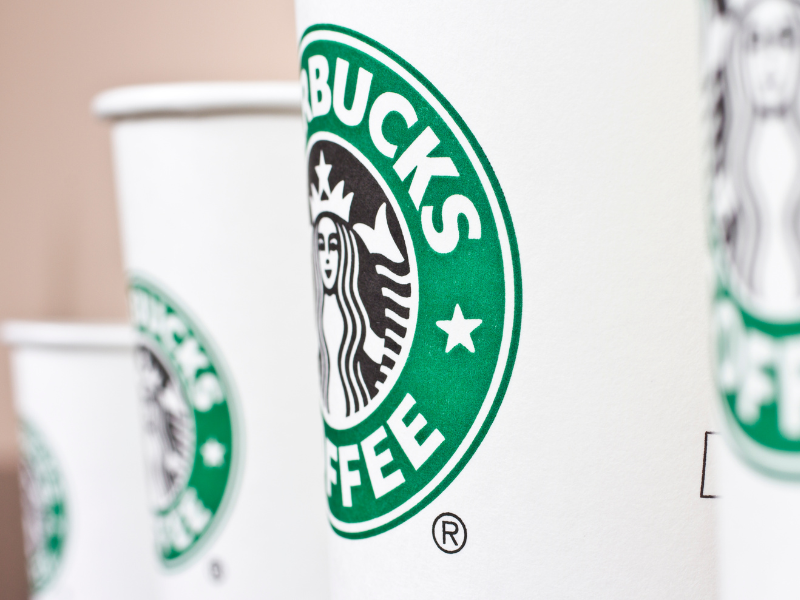The Decoy Effect and why you should use it
As you’re probably well aware within a business there are at least four factors to the marketing mix, with price being one of the most delicate factors.
No matter if you’re a start-up or a massive franchise the Decoy effect should be present in your business and here’s why… Imagine you’re in the queue at your local coffee house, waiting for your medium Latte. But when you get to the counter, you notice the price board –

Although there is £1 difference from a small to medium, there is only a £0.30 difference between medium to large… and as humans, we rarely choose things in absolute terms, it’s mostly in comparison to other products that are around. So, setting your pricing strategy in a way that has higher value than the cheaper product (more coffee) and a lower price than the expensive product is going to give you the best ROI.
Businesses have been using this cognitive bias technique for a long time to trick their audiences into spending more than intended to. So, let’s find out how to make the Decoy Pricing strategy work for you…
Step 1: Your Pick your product(s)
This can be applied to pretty much anything you can sell, whether it be drinks, cars or online subscriptions. It’s always best to pick a product that is in demand – to limit the chances of failure!
Step 2: Always have more than one choice
If there are only two choices, people have the option to purchase or to not purchase (because the price is too high). Whereas with three options, you have something for the buyer to compare against, as well as the option to not purchase.
When setting your prices, the product you’re trying to sell should have more benefits than the other products, as well as having a (fractionally) higher price.
Step 3: Uneven product comparisons
This is often referred to as asymmetric domination – meaning that the decoy is prices to make one of the other options much more desirable. It is “dominated” in terms of value for money, quantity as well as additional features…
The decoy option is never meant to sell, just to drive sales towards the more expensive option.
Step 4: Limit what you offer on your lower-priced products
You don’t want your lowest-priced option to stand out – or else the Decoy effect won’t work. This is almost just a starting point so that people have a basic / standard option to compare against – they aren’t going to feel special buying this (which is what you want as a customer).
Step 5: Close pricing between the Decoy and your key product
As you saw earlier on the Coffee favourites example, the decoy price is close to the option you want your audience to pick – this is so they notice it’s only an extra £0.30 more expensive for such a greater return of investment.
Step 6: Implementing it
Now you’re aware of what The Decoy Effect is it will become so apparent which brands are using it – and how you can implement it into your marketing strategy.
If you aren’t sure on what to set the original price to that’s completely normal. With the cost of living increasing and customers changing their purchasing habits its hard to determine which price will make your product sell. Understanding how your customers are reacting to the new situation and your changed environment is key to maximise sales.
Asking customers is simply not enough
Buying behaviour and attitudes are shifting rapidly and new loyalties have developed. It’s essential you measure customer flows, get shopper feedback and optimise in-store and online displays now more than ever before. However, simply asking customers how much they would be prepared to pay alone has been proven as an inaccurate way to assess pricing. As consumers vastly over and underestimate outside the context of the supermarket or store – customers don’t really know how much things cost until they’re able to compare against others.
To make sure your price is optimised to get the best ROI, check out our price optimisation tool. It has been used to turn some of the leading FMCG and consumer goods products into industry favourites. Our approach is done in a completely natural setting which avoids bias and we can give you an advantage to see how market share would increase based on price as well as comparing against competitors.
To find out more, get in touch today.
